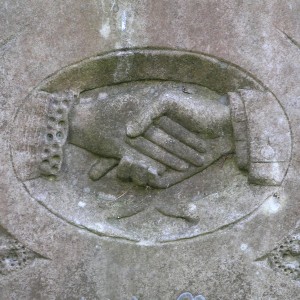
That should be reassuring to small charities, because it means you don’t need fancy stuff and experts to get a program going–and to make it very respectable.
You’ll enjoy success in Planned Giving if you build relationships with your consistent donors who are around 55 and over. When you screen for consistency, ignore gift size. If a donor has been giving you ten dollars a year for the past 8 or 10 years, or more, the person is an excellent Planned Giving prospect.
There is a technical side to gift planning, but you don’t need it if you start your program with bequests. I wrote a series of articles for GuideStar explaining how to get started. Small- and mid-size charities can have a very respectable and appropriate program without needing expertise or spending a lot of money.
My background is law. I draw on my technical skills about 10% of the time for my clients. I can go deep, but it’s rarely necessary.
On the other hand, I spend a lot of time strategizing around people: how we’ll engage them; what different generations prefer; what a particular couple will prefer; who’s the best person to extend an invitation; who should sign the direct mail letter? Like all fundraising, Planned Giving is based on strong relationships.
Don’t let the technical side dissuade you from inaugurating a program. And don’t let the technical stuff drag you down if you’ve got a more mature program.
Focus on your prospects and donors and the planned gifts will come.
In the immediate term, they could inaugurate a small planned gift initiative by talking to board members about estate and retirement plan gifts.
I would not say “never ever” but Planned Giving isn’t right for them today on a large scale. If their sole funding is fees for services, they have no individual fundraising. They need individual donors before they can start Planned Giving. The board is the place to start an individual giving program. Beyond that, they’d want to speak to a consultant who is skilled in inaugurating and expanding individual giving (e.g. Pamela Grow; Amy Eisenstein; or Catherine Chapman).
When they have a robust individual donor base with a good number of donors 55 or over, then they can expand Planned Giving.
Robin Cabral • Tony, I enjoyed this article very much.
My question to you is…how do relay this to nonprofits without diversified fundraising strategies who have subsisted in the past on state contracts and who are just barely meeting payroll in the here and now. They think that planned giving would never ever truly be for them.
Robin L. Cabral, CFRE
Principal @ Development Consulting Solutions
email: rcabral@developmentconsultingsolutions.com
website: http://www.developmentconsultingsolutions.com
Facebook: http://tinyurl.com/developmentconsultingsolutions
Twitter: @devconsolutio
Pinterest: http://pinterest.com/robincabral/
office: 508-993-9383
cell: 508-685-8899
We are a very small organization, working as volunteers in social work and we always finds problems to get fundraising.
We ar working together with NACWOLA, a huge association in Uganda and we want to carry on doing thing with them but we really don´t know how to get the money.
Have a look to our web and see all what are we involved.
best regards,
Nuria